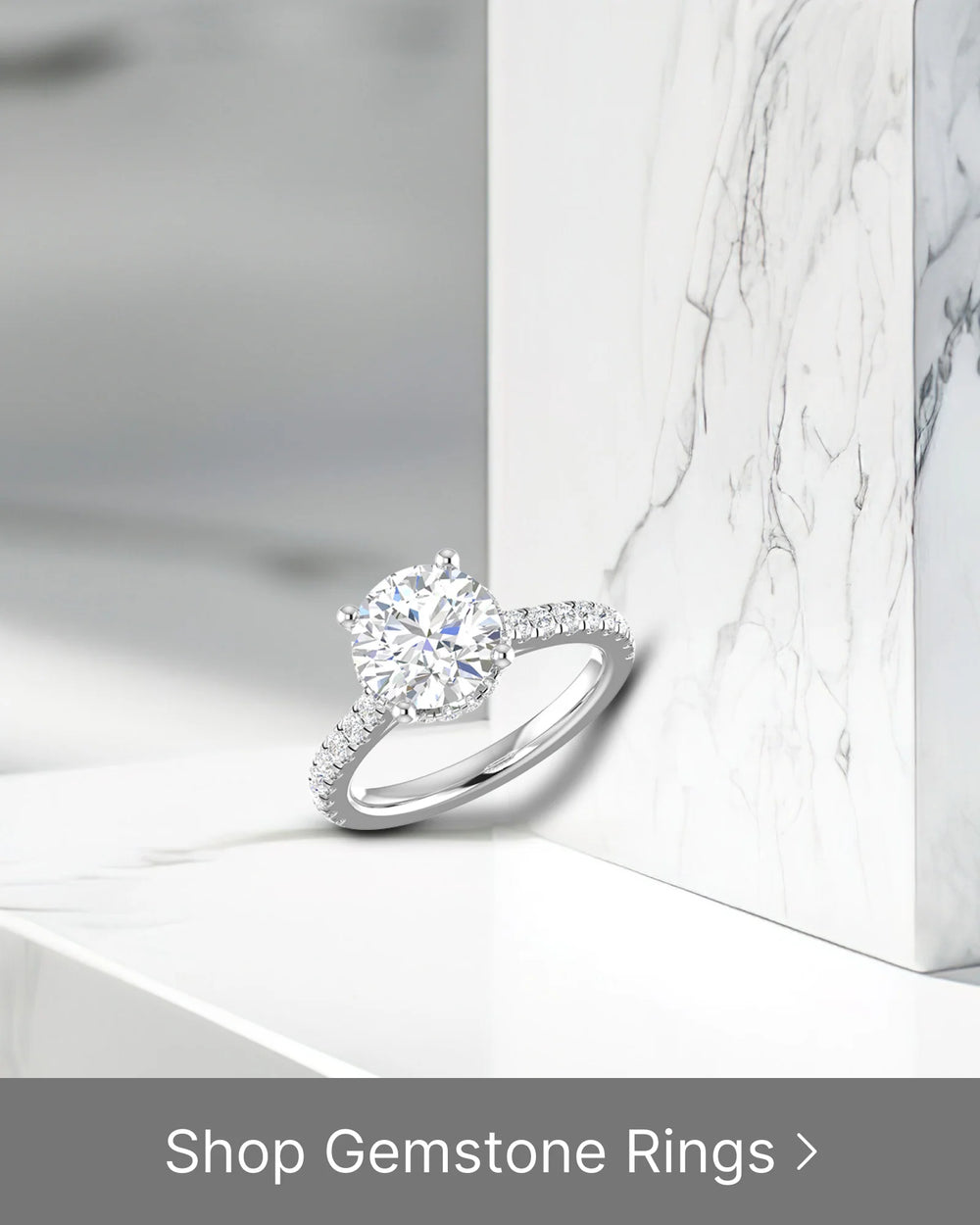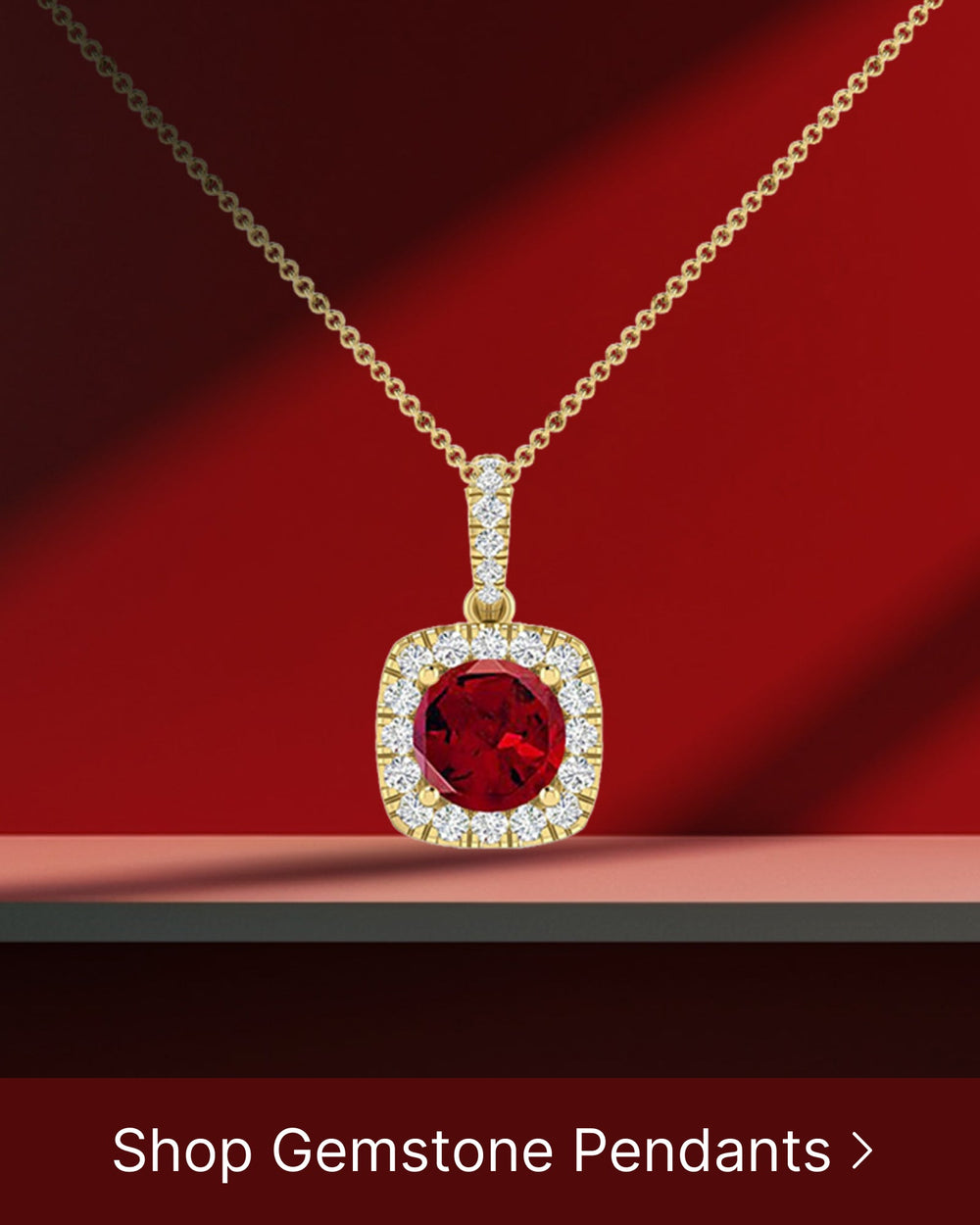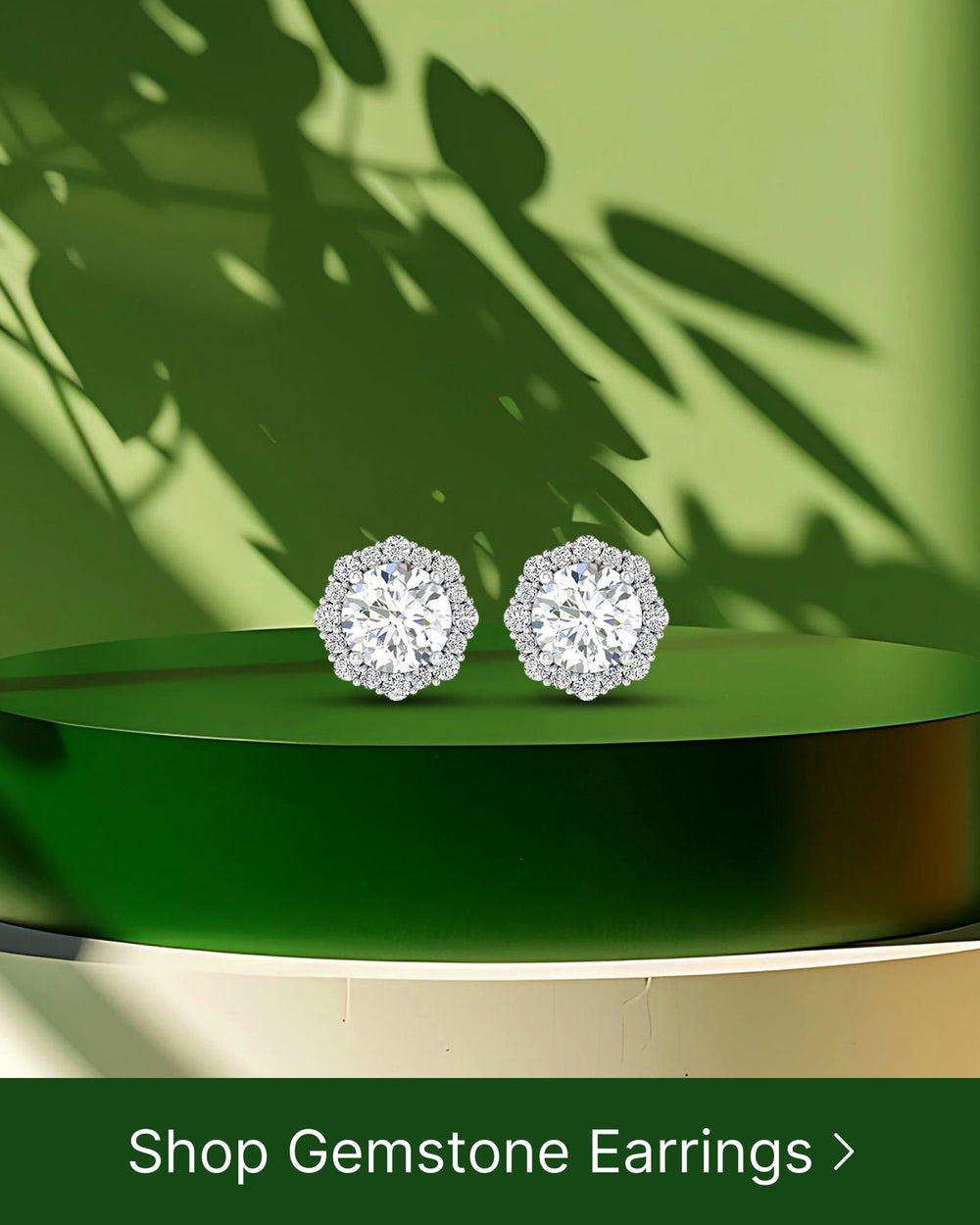Spotting Genuine Pearls: A Quick Guide
Pearls have long been cherished for their beauty and elegance. Whether it's a classic pearl necklace or a pair of pearl earrings, these stunning gems never fail to capture attention. However, with the rise of imitation pearls in the market, it's become increasingly important to be able to distinguish genuine pearls from their faux counterparts. In this quick guide, we'll explore the key factors to consider when spotting genuine pearls.
Understanding the Basics of Pearls
Pearls are unique among gemstones, as they are the only ones created by living organisms. They are formed inside the shells of mollusks, such as oysters and mussels. When an irritant, such as a piece of sand or a parasite, enters the mollusk's shell, it secretes layers of nacre to protect itself. Over time, these layers build up and form a pearl.
Let's dive deeper into the fascinating process of pearl formation. The journey begins when a microscopic irritant finds its way into the mollusk's shell. This irritant could be a tiny grain of sand, a fragment of a shell, or even a small parasite. Regardless of its origin, the mollusk perceives it as a threat and initiates a remarkable defense mechanism.
The mollusk's response to the irritant is the secretion of nacre, a substance that is composed of calcium carbonate and organic substances. Nacre is also known as mother-of-pearl, which is the iridescent material that lines the inner surface of the mollusk's shell. The mollusk coats the irritant with layers of nacre, gradually forming a pearl.
The Formation of Pearls
The process of pearl formation is a testament to nature's ingenuity. As the mollusk continues to secrete nacre, layer upon layer is added to the irritant. This process can take several years, with the mollusk diligently working to create a beautiful gemstone.
Each layer of nacre adds to the pearl's size and luster. The thickness and quality of the nacre determine the overall value and beauty of the pearl. A pearl with a thick, lustrous nacre is highly sought after, as it reflects light in a captivating manner.
It is important to note that not all irritants inside a mollusk's shell result in the formation of a pearl. Sometimes, the irritant is expelled or encapsulated without the formation of nacre. This is why natural pearls are so rare and valuable.
Different Types of Pearls
Pearls come in various types, each with its own unique characteristics. Let's explore some of the most well-known types:
Freshwater Pearls: These pearls are typically more affordable and are known for their irregular shapes. They are produced by freshwater mussels and can be found in a range of colors, including white, pink, and lavender.
Akoya Pearls: Prized for their high luster and classic white color, Akoya pearls are cultivated primarily in Japan. They are known for their round shape and are often used in traditional pearl jewelry.
Tahitian Pearls: Originating from the black-lipped oyster, Tahitian pearls are renowned for their exotic beauty. They come in a range of dark hues, including black, gray, and green. The natural colors of Tahitian pearls make them highly sought after by pearl enthusiasts.
South Sea Pearls: Among the rarest and most valuable pearls, South Sea pearls are produced by the Pinctada maxima oyster. These pearls are known for their large sizes, often ranging from 9 to 20 millimeters in diameter. They have a warm, golden glow that sets them apart from other types of pearls.
Each type of pearl has its own allure and charm, making them a beloved choice for jewelry enthusiasts around the world. Whether it's the classic elegance of Akoya pearls or the exotic allure of Tahitian pearls, there is a pearl to suit every taste and style.
The Characteristics of Genuine Pearls
When it comes to identifying genuine pearls, there are several key characteristics to look out for.
But let's delve deeper into the fascinating world of pearls and explore some additional characteristics that can help distinguish real pearls from imitation ones.
The Luster of Real Pearls
Genuine pearls have a deep, reflective luster that is unmatched by imitation pearls. When held under light, genuine pearls will shimmer and glow, with a soft, iridescent sheen.
This captivating luster is a result of the layers of nacre that form the pearl's surface. Nacre, also known as mother-of-pearl, is a substance secreted by the mollusk to protect itself from irritants. The thickness and quality of the nacre contribute to the pearl's luster and overall beauty.
Each genuine pearl has a unique luster, which can range from a subtle glow to a brilliant shine. The play of light on the pearl's surface creates a mesmerizing effect that adds to its allure.
The Texture of Genuine Pearls
Real pearls have a smooth and silky texture when touched. When gently rubbed against your teeth, they should feel slightly gritty, unlike imitation pearls, which will feel smooth.
This texture is a result of the nacre's composition and the way it forms in layers around the nucleus of the pearl. The smoothness and slight grittiness of genuine pearls are a testament to their natural origin.
Imitation pearls, on the other hand, are often made from materials like plastic or glass, which lack the organic texture and feel of real pearls. The absence of the subtle grittiness is a telltale sign that you're dealing with an imitation.
The Weight of Real Pearls
Genuine pearls tend to be heavier than their imitation counterparts. When compared to plastic or glass pearls, real pearls will have a more substantial weight in your hand.
This weight is a result of the pearl's composition and the density of the nacre. As real pearls are formed layer by layer over time, they accumulate more nacre, making them denser and heavier.
When holding a real pearl, you can feel its weight and solidity, which adds to its value and authenticity. The weight of an imitation pearl, on the other hand, may feel lighter and less substantial.
By considering the weight, you can gain further confidence in determining whether a pearl is genuine or not.
Common Pearl Imitations
Unfortunately, there are numerous pearl imitations in the market, designed to mimic the appearance of genuine pearls. It's essential to be aware of these imitations and their telltale signs.
Pearls have long been treasured for their beauty and elegance. From the ancient civilizations of Egypt and Rome to the modern-day fashion runways, pearls have adorned the necks, wrists, and ears of countless individuals. However, with their popularity comes the rise of imitations, crafted to deceive the unsuspecting buyer.
Glass Pearls
Glass pearls are one of the most common imitation types. These pearls are made from glass and often have a flawless, uniform appearance. Upon closer inspection, however, you may notice slight ridges or sharp edges, indicating that they are not genuine pearls.
When it comes to glass pearls, it's important to consider their weight. Genuine pearls have a certain heft to them, while glass pearls tend to be lighter. Additionally, glass pearls lack the natural iridescence and depth of color that genuine pearls possess. These imitations may be convincing at first glance, but a discerning eye can spot the subtle differences.
Plastic Pearls
Plastic pearls are another widely available imitation. These pearls are lightweight and often have a hollow feel. Their surface may also show visible imperfections or scratches, which genuine pearls would not have.
Unlike genuine pearls, plastic pearls lack the organic beauty that comes from nature's creation. Their uniformity and perfect shapes may initially fool the untrained eye, but upon closer examination, the lack of depth and luster becomes apparent. Plastic pearls are often mass-produced, resulting in a lower quality and less desirable appearance.
Shell Pearls
Shell pearls, also known as mother-of-pearl pearls, are made from the nacre of mollusk shells. While they may appear similar to genuine pearls, they lack the natural luster and weight. Additionally, under close examination, you may notice an uneven grain or an overly perfect shape, indicating their artificial nature.
Shell pearls are created by grinding and shaping the shells of mollusks, then coating them with a layer of nacre. While they may possess a certain beauty, they lack the depth and complexity found in genuine pearls. The nacre coating on shell pearls is often thinner and less durable, making them more prone to chipping and discoloration over time.
When purchasing pearls, it's important to educate yourself on the various types of imitations that exist. By understanding the characteristics of genuine pearls and their imitations, you can make an informed decision and ensure that your jewelry collection is filled with authentic treasures.
Techniques for Identifying Genuine Pearls
Now that we have explored the characteristics of genuine pearls and common imitations, let's delve into a few techniques that can help you spot the real deal.
The Tooth Test
One simple technique to try is the tooth test. Gently rub the pearl against the edge of your front teeth. Genuine pearls will feel slightly gritty, while imitation pearls will feel smooth.
The Drill Hole Test
Another method is to examine the drill hole of the pearl. If the hole appears to have been drilled, rather than naturally occurring, it is likely an imitation. Genuine pearls have a natural, irregular drill hole.
The Temperature Test
Lastly, you can employ the temperature test. Place the pearl against your skin or lips. Genuine pearls will feel cool to the touch due to their natural properties, while imitation pearls may feel warmer.
In conclusion, spotting genuine pearls requires careful observation and knowledge of their distinguishing characteristics. By understanding the basics of pearl formation, recognizing the traits of genuine pearls, and being aware of common imitations, you can confidently identify the true value and beauty of these exquisite gems.






